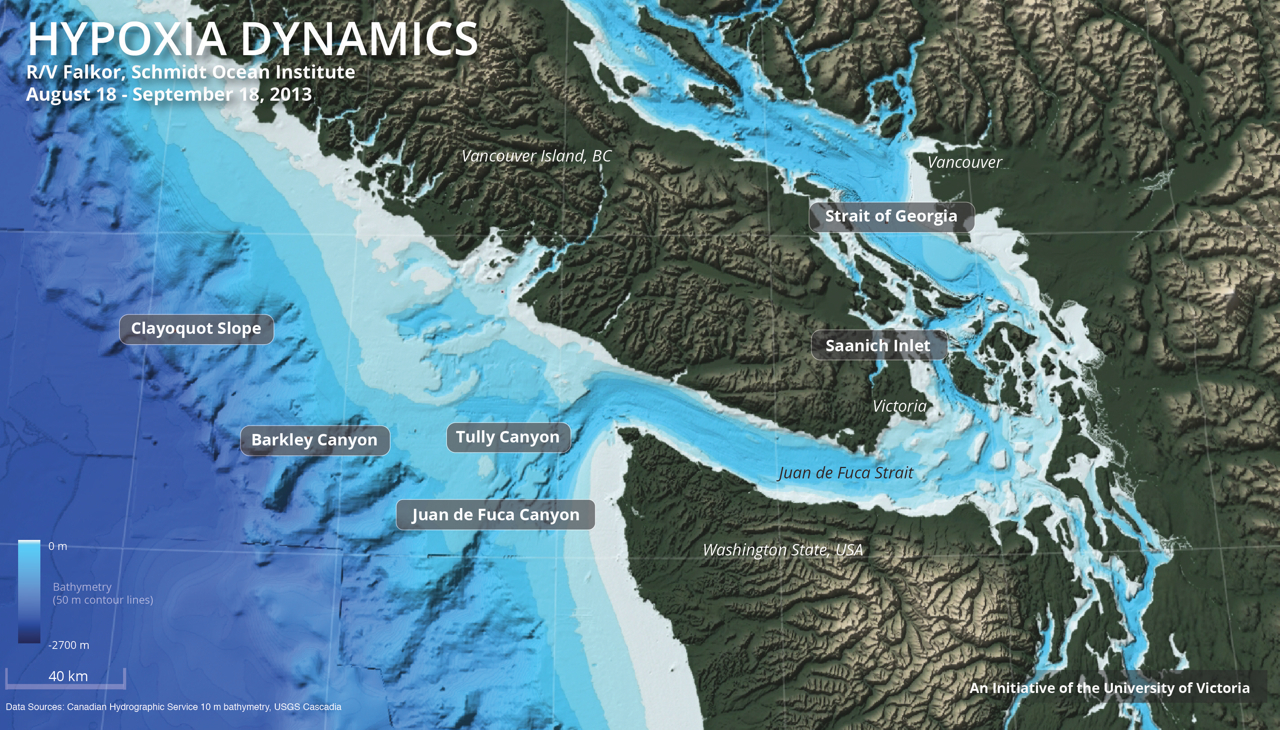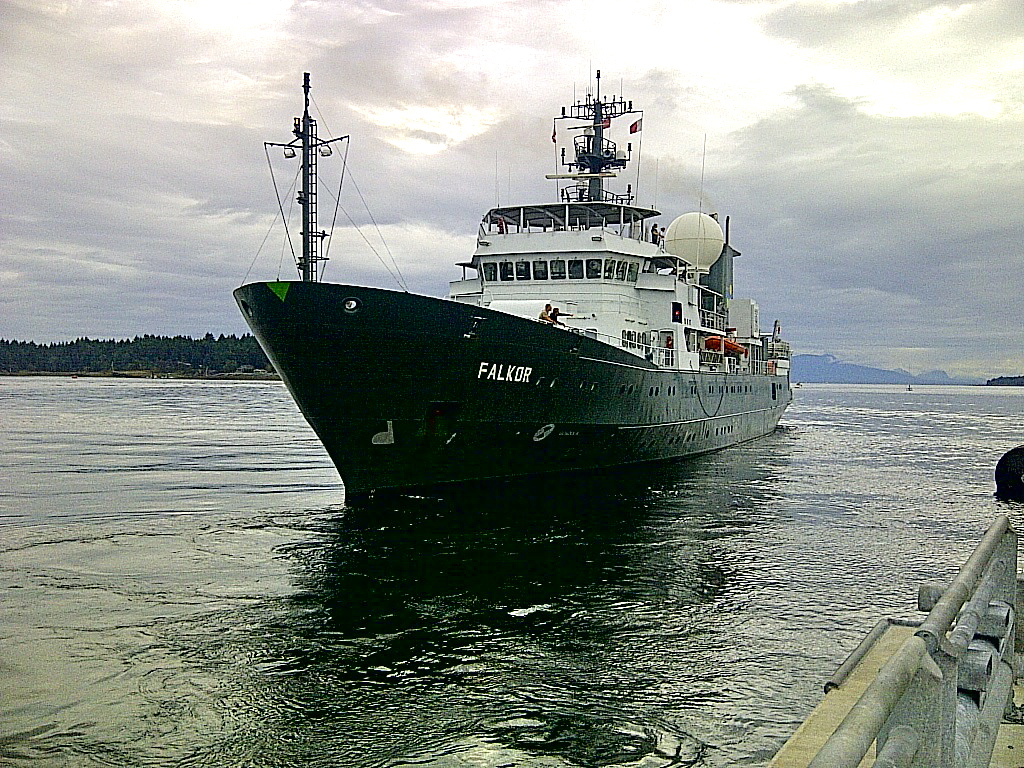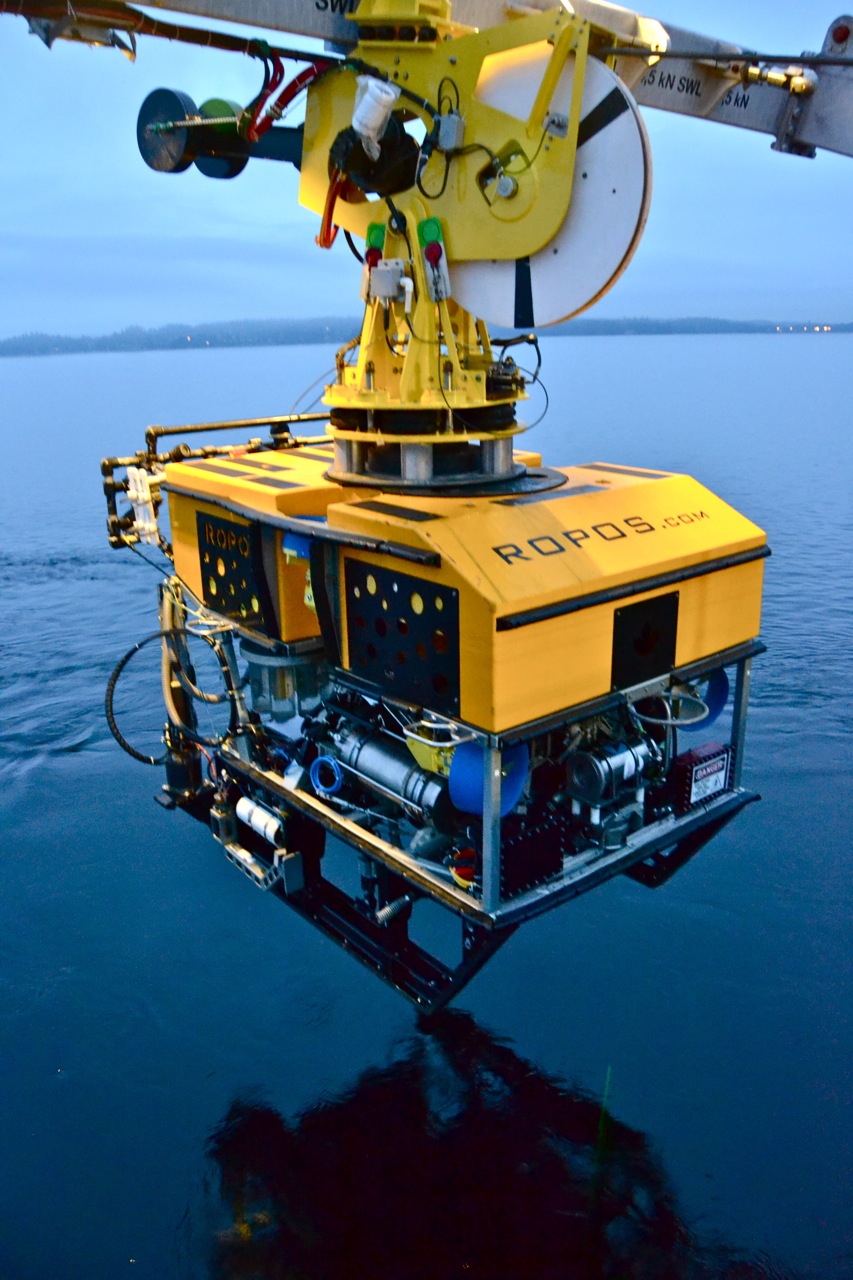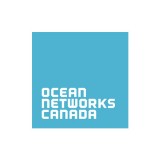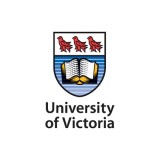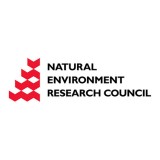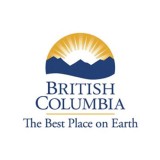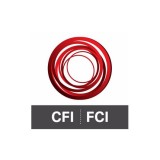The main mission for the expedition’s second leg was gathering video records of the life found in and around lower-oxygen zones using the ROPOS (Remotely Operated Platform for Ocean Sciences) remotely operated vehicle (ROV). Working from Falkor, the team was able to survey areas they were not regularly able to access, and they also used ROPOS to install new or recently serviced equipment at the NEPTUNE and VENUS observatories.
By correlating video records from ROV dives with data collected during the expedition’s first leg, researchers determined what effect low oxygen in a given water layer has on the animals found there, and to identified which animals avoid these layers.
The first planned ROV dives were up the rocky walls of Saanich Inlet, a fjord on the east side of Vancouver Island just north of Victoria. Saanich is the location of one node of the wired VENUS observatory. Like a number of bays around Vancouver Island, the oxygen levels in Saanich Inlet’s lower reaches drop near zero (anoxic) every summer due to natural biological patterns that have repeated for thousands of years. Such inland anoxic zones, which are not caused by the influx of low oxygen water from upwelling offshore, but rather from local bacterial activity, offer natural laboratories for studying the effects of low oxygen, and also a glimpse of how animals might ultimately adapt in the future to similarly inhospitable conditions if low-oxygen, more acidic water influxes are increasing.
Once those dives are complete, Falkor made its way offshore toward one node of the NEPTUNE observatory, in Barkley Canyon, west of the entrance to the Strait of Juan de Fuca. The researchers used ROPOS to perform work on the observatory, such as installing new oxygen sensors.
Much of the remaining work focused on doing video surveys at various depths in Barclay Canyon, down to about 2,000 meters. While the oxygen minimum zone (OMZ) here have been relatively well studied, the transition zones above and below the lower-oxygen layer were not.
Using the ROV, the team documented which animals seem to avoid the low-oxygen zone, and what animals are found in the transitions between normal and lower oxygen levels. “We’ll be able to study the deepwater community not exposed to these critical low-oxygen waters, then move up the canyon and do a series of surveys in the core of the oxygen minimum zone,” says Kim Juniper, director, science and user engagement, Ocean Networks Canada.
Researchers expected to see a wide range of animals in the video feeds coming from the ROV up to the bank of screens in Falkor’s science control room, including sable fish, black cod, halibut, sole, large skates, multiple crab species, and beautiful pink bubble gum corals, among many others. Given how little explored many of these areas are, the researchers also were looking to find new species, and they planned to collect samples of animals previously spotted during work at the observatory that they believe may be new.
Audiences were given a chance to follow the expedition’s second leg, by clicking on the Cruise Log button in the upper left corner. We previously broadcast all video from the expedition’s ROV dives live both here at the Schmidt Ocean Institute website, and at Ocean Networks Canada’s Wiring the Abyss website.
by Mark Schrope
Data & Publications
ROV ROPOS Dives can be found on You Tube.
Data from this cruise is now available through Ocean Networks Canada. You will need to create an account to login to retrieve the data. To access, click on the Data Search tab, then on Ship Data, and select R/V Falkor. Data available for download includes: Multibeam (EM302, EM710), ADC, Echosounder– bioacoustics, Fluorometer, Navigation, Oxygen sensor, Sound speed sensor, Sub-bottom profiler, Temperature sensor, Thermosalinograph, Vertical profiler system, and various sensors.
Animal abundances (counts) and environmental data collected during remotely operated vehicle imagery surveys in Saanich Inlet, Vancouver Island, British Columbia, Canada from 2006 – 2013, including data collected during this cruise, is available in the Dryad Digital Repository.
- Klymak, Jody, Susan Allen, Richard Dewey, Stephanie Waterman, Rich Pawlowicz & Steven Mihaly. (2014).Evidence for cross-shelf exchange catalyzed by a coastal canyon. Poster Presentation at Canadian Meteorological and Oceanographic Society, Rimouski, Quebec, Canada.
- Cruise Report: Open Ocean to Inner Sea
- Chu, J. and Gale, K. (2017). Ecophysical Limits to Aerobic Metabolism in Hypoxia Determine Epibenthic Distributions and Energy Sequestration in the Northeast Pacific, Limnology and Oceanography 62: 59 - 74. doi: 10.1002/Ino.10370. [This publication is available as OPEN ACCESS].
- Chu, J. and Tunnicliffe, V. (2015). Oxygen Limitations on Marine Animal Distributions and the Collapse of Epibenthic Community Structure during Shoaling Hypoxia. Global Change Biology 21: 2989-3004. doi: 10.1111/gcb.12898/.
- Chu, J. (2016). Influence of Seasonally Variable Hypoxia on Epibenthic Communities in a coastal Ecosystem. PhD Thesis, University of Victoria, Victoria, BC, CAN.
- Chu, J. (2016). Influence of Seasonally Variable Hypoxia on Epibenthic Communities. Oral Presentation at Saanich Inlet Symposium, Victoria, BC, CAN.
- Chu, J. and Tunnicliffe, V. (2014). In situ Oxygen Limits and the Collapse of Epibenthic Community Structure from Shoaling Hypoxia. Oral Presentation at Western Society of Naturalists Meeting, Tacoma, WA, USA.
- Chu, J. and Tunnicliffe, V. (2014). Redistribution of the Epibenthic, Soft-bottom Assemblage in Shifting Hypoxic Conditions. Oral Presentation at the 18th Western Groundfish Conference, Victoria, BC, CAN.
- Chu, J. and Tunnicliffe, V. (2014). Redistribution of the Epibenthic, Soft-bottom Assemblage in Shifting Hypoxic Conditions. Poster Presentation at Ocean Sciences Meeting, Honolulu, HI, USA.
- Chu, J. and Tunnicliffe, V. (2015). Metabolic Thresholds Predict the in situ Response to Marine Deoxygenation. Oral Presentation at Deep-Sea Biology Symposium, Aveiro, PORTUGAL.
- Campanya-Llovet, N., Snelgrove, P., and De Leo, F. (2018). Food Quantity and Quality in Barkley Canyon (NE Pacific) and its Influence on Macroinfaunal Community Structure. Progress in Oceanography, 169, doi: 10.1016/j.pocean.2018.04.003.
- Campanya-Llovet, N., and Snelgrove, P. (2018). Fine-scale Infaunal Community and Food Web Patch Mosaics from Barkley Methane Hydrates (British Columbia, Canada): The Role of Food Quality. Deep Sea Research Part I: Oceanographic Research Papers, 140, 186-195, doi: 10.1016/j.dsr.2018.06.009.
- Campanya-Llovet, N., and Snelgrove, P. (2018). Temporal Variation in Infaunal Community Structure of Chemosynthetic and Non-chemosynthetic Environments in Barkley Hydrates, British Columbia, Canada. Deep Sea Research Part I: Oceanographic Research Letters, 140, 118-127, doi: 10.1016/j.dsr.2018.06.008.
- Campanya-Llovet, N. and Snelgrove, P. (2019). Influence of Phytodetrital Quality on Macroinfaunal Community Structure and EpiFaunal Response. Marine Ecology Progress Series, 608: 45-60, doi: 10.3354/meps12778. [This article is published as OPEN ACCESS].
In the News
Reaching Blue is the story of a coastal way of life under threat, where hope is found in stories of our past while facing the challenges of the future. This documentary produced by Ocean Networks Canada was partially filmed during this cruise aboard RV Falkor.
Breathing new life into ocean research
Victoria News • September 6th, 2013
Researchers explore low-oxygen waters off Vancouver Island
Times Colonist • September 6th, 2013
Ocean Networks Canada: Wiring the Abyss 2013
Global News • September 5th, 2013
Le Falkor en mission pour quatre semaines au large de l’île de Vancouver
CBC News • September 5th, 2013
World Class Research Vessel Docks at Ogden Point
CFAX 1070 (Victoria Radio) • September 5th, 2013
An ocean full of change at Ocean Networks Canada
University of Victoria • September 4th, 2013
Google‐funded Falkor begins mission to Pacific Ocean ‘dead zone’
Las Vegas Review Journal • August 2nd, 2013
Google’s voyage to bottom of the sea’s dead zone
San Francisco Gate • August 1st, 2013
